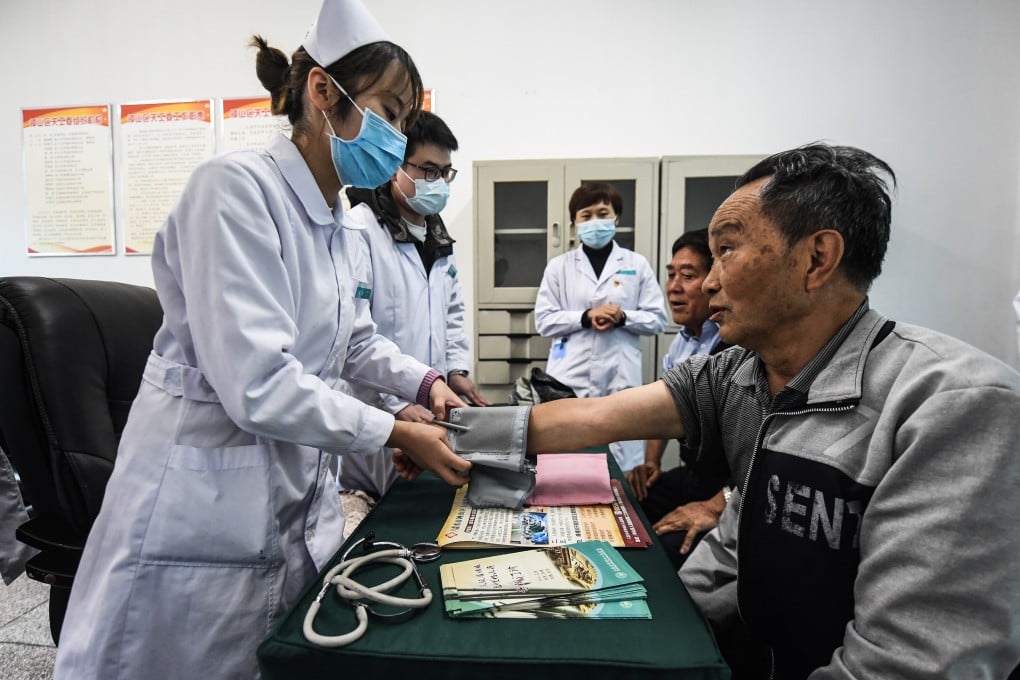
Healthcare is a fundamental need, but understanding how it works in different countries can be confusing. China, with its massive population and evolving healthcare system, often raises questions. Many foreigners and even locals ask: “ Is health care free in China ?” The answer is nuanced, shaped by government policies, insurance schemes, and regional differences. Let’s explore the reality behind healthcare in China.
Understanding China’s Healthcare System
China has made significant strides in expanding healthcare access over the past two decades. The government aims to provide basic healthcare coverage to all citizens. The system is primarily a mix of public hospitals, private facilities, and insurance-based care. While the idea of free healthcare exists, in practice, costs and coverage vary.
Public Hospitals and Subsidies
Most Chinese citizens receive care through public hospitals. These hospitals are heavily subsidized by the government, which helps lower the cost of medical services. Common treatments, basic surgeries, and outpatient services are often partially covered. However, patients usually still pay a portion of the bill out-of-pocket.
Subsidies differ by region, meaning someone in Beijing might pay differently than someone in a rural province. The government provides higher subsidies for essential medications and preventive care, ensuring affordability for basic health needs.
Health Insurance: A Key Component
China relies on multiple insurance programs to manage healthcare costs:
- Urban Employee Basic Medical Insurance (UEBMI): Mandatory for urban workers, this plan covers most hospital visits and medications.
- Urban and Rural Resident Basic Medical Insurance (URRBMI): Designed for non-working urban residents and rural citizens, this plan offers basic coverage but usually requires co-payments.
- Commercial Insurance: Optional private insurance is available for those seeking more extensive coverage or access to high-end hospitals.
These insurance schemes ensure that healthcare isn’t entirely free but heavily subsidized, reducing financial burden for the majority of citizens.
Out-of-Pocket Expenses
Even with insurance, out-of-pocket payments remain common. Patients often pay for specialized treatments, imported medications, or advanced procedures. While public hospitals offer affordable care, private hospitals can be expensive, though they provide faster service and more comfort.
This mixed system explains why the answer to “is health care free in China?” is not a simple yes or no. It is partially subsidized, with costs depending on the hospital, treatment, and insurance coverage.
Rural vs. Urban Disparities
Rural areas often face fewer healthcare resources, longer travel distances, and lower-quality facilities. The government has been actively improving rural healthcare through subsidies and mobile health programs, but disparities remain. Urban residents generally benefit from better hospitals, more specialists, and faster access to care.
The Bottom Line
So, is health care free in China? Technically, no—it is not entirely free. However, the Chinese healthcare system is structured to make essential medical services accessible and affordable for most citizens through subsidies and insurance schemes. While out-of-pocket expenses exist, government support ensures that healthcare is far more affordable than in many countries without universal coverage.
China’s healthcare is a blend of public subsidies, mandatory insurance, and private options. Understanding this complex system helps demystify the question and highlights how China balances affordability with quality care for its vast population.